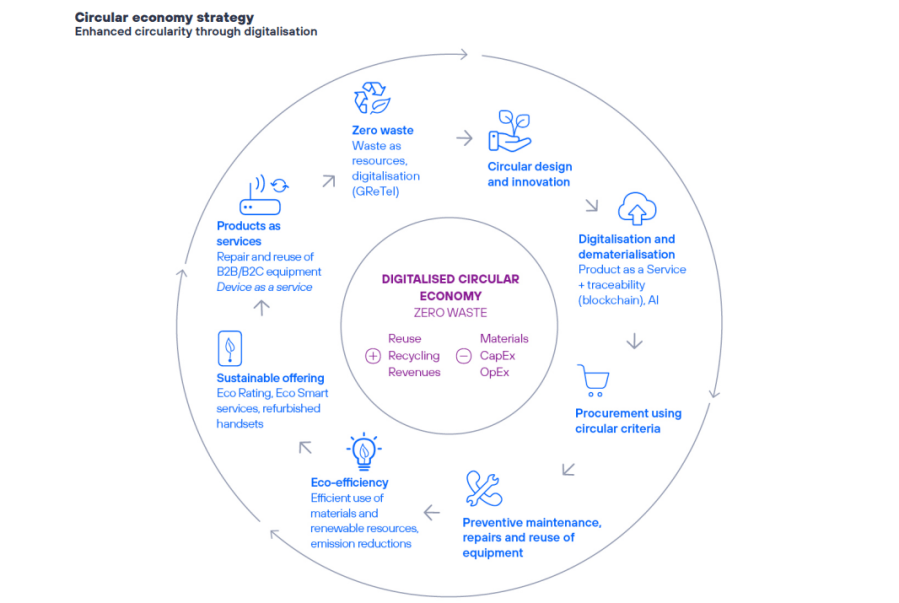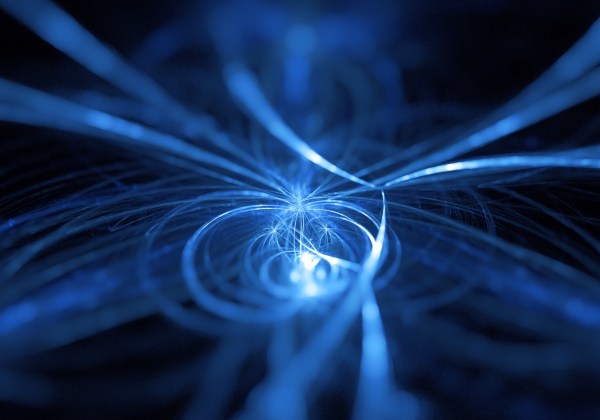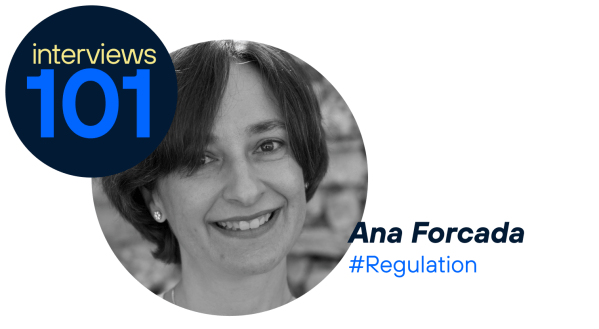Circularity
The circular economy is an economic model that seeks to preserve the value of materials and products for as long as possible, moving from a linear economy to a system in which resources are used more efficiently and waste is reduced. This approach involves using the 9 R’s of the circular economy to create added value and extend the life of products.
Every year, more than 100 billion tons of resources enter the economy and only 8.6% are recycled or reused. This situation is unsustainable, given that the extraction of natural resources is the cause of 90% of biodiversity loss.
According to the Circularity Gap Report 2023, the global economy is only 7.2% circular and getting worse every year. This means that 90% of materials are wasted, lost or unavailable for reuse for years.
Circular economy in telecommunications
The telecommunications sector promotes the circular economy in its activity through equipment life extension and recycling. 89% of telecom operators consider the circular economy as part of their business strategy. In addition, 84% of operators believe that the circular economy can help solve supply chain challenges and accelerate network deployment.
In the European context, the parliament estimates that the EU produces more than 2.2 billion tons of waste per year. The transition to a more circular economy could increase competitiveness, stimulate innovation, boost economic growth and create jobs. According to recent studies, the circular economy has the potential to increase EU GDP by 0.5% and create more than 700,000 new jobs by 2030.
At Telefónica, we make efforts every day to be more circular in our processes, with our suppliers and customers. We drive the circular economy in the transformation of our network by prioritizing the reuse of electronic equipment and, where this is not possible, extracting value from materials through recycling.
Our Telefónica Circular Economy Plan aims to achieve zero waste by 2030 through eco-design, reuse and recycling. This strategy enabled us to reuse 313,805 pieces of network equipment and recycle 97% of our waste by 2023.

Reuse of network equipment
The reuse of network equipment is a key practice to achieve a circular economy in the sector. A report by Accenture concludes that the value of recycled hardware will be between $45 billion and $80 billion annually by 2030. Additionally, between $15 billion and $20 billion can be realized through the sale of devices as services and refurbished devices.
During network transformation, many devices are reused within Telefónica, thus fostering the circular economy in the decommissioning process. To boost this reuse, in 2020 we created MAIA, a Marketplace that with the help of blockchain, allows to visualize the equipment available for reuse and connect supply-demand in order to facilitate the purchase and sale of second-hand equipment between group companies.
When internal reuse is not possible, the Marketplace makes it possible to connect with multiple technology partners to facilitate the purchase and sale of second-hand equipment, offering a second life to this equipment.
Thanks to initiatives like this, Telefónica has managed to reuse more than 313,000 pieces of equipment in 2023, 36% more than in 2022.
When reuse is not possible, the best option is the transformation of materials through recycling, as these materials could be used in other products. To this end, Telefónica digitizes waste management through GRETEL, a platform that allows greater traceability and information on recycling and final disposal of equipment, reducing risks and impacts arising from inadequate treatment.
Therefore, of the total network equipment managed, the company has reused 43% and recycled the remaining 57%, aligning itself with the goal of being a Zero Network Waste company by 2025 through the reuse, sale of refurbished equipment and recycling of 100% of this equipment.
New technologies such as IoT and Blockchain can optimize the use of resources and improve traceability and accountability in the telecom equipment supply chain.
Benefits of digitization and blockchain
Digitalization and connectivity also represent a significant opportunity for the circular economy. We use technologies such as blockchain and big data to improve the efficiency of logistics processes, increase equipment traceability and reduce CO2 emissions.
Blockchain technology, in particular, improves traceability, transparency and efficiency in resource and product management. It enables detailed and secure tracking of materials throughout the supply chain and provides a record of transactions, ensuring that data cannot be manipulated. By eliminating the need for middlemen, these technologies can reduce operational and administrative costs, as well as facilitate the creation of new business models that optimize resource management and minimize waste.
Large-scale adoption of blockchain is in process, but it has significant transformative potential for business operations. Gartner predicts that the value of revenue generated by blockchain will reach $3.1 trillion by 2030.
The circular economy is not only a strategy to improve sustainability, but also an opportunity to increase efficiency, reduce costs and gain new revenue streams. Collaboration and innovation will be key to move towards a more circular and sustainable economy, where resources are maximized.











